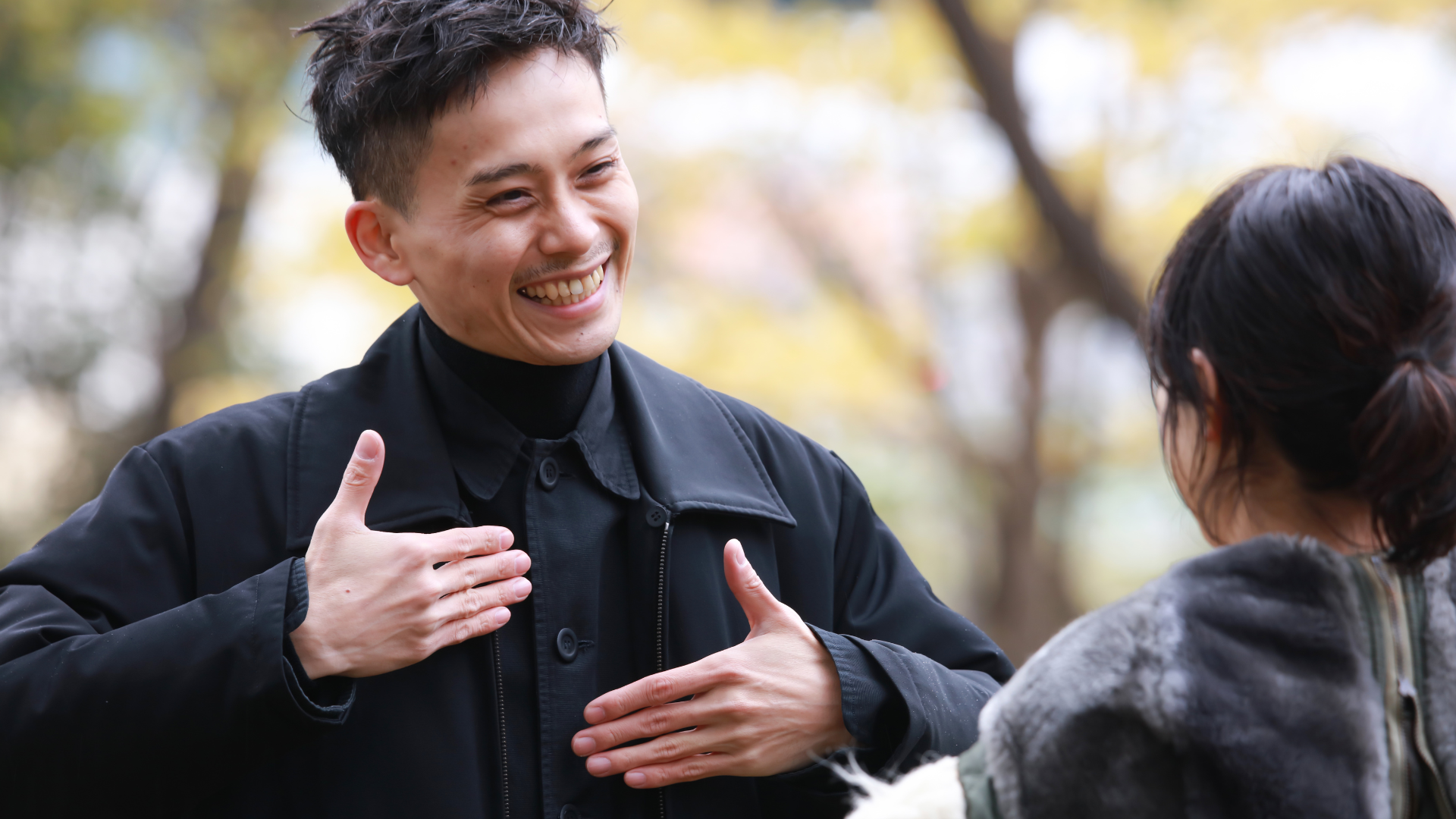We like to believe that communication is about words. That if we craft the perfect pitch, deliver a flawless presentation, or choose just the right email subject line, we’ll win the room. But science tells a different story.
Albert Mehrabian’s famous study revealed that only 7% of a message’s impact comes from words. Tone of voice accounts for 38%. The remaining 55%? Body language.
That means if your body sends mixed signals — crossed arms during a collaboration talk, weak eye contact in a negotiation, or a limp handshake at a networking event — your words lose their power. No matter how brilliant they are.
So how do we align our nonverbal presence with our intentions? Let’s go beyond the basics.
Think of it this way: there are 4 Non-Verbal Keys to instant connection. These are subtle, powerful behaviors that, when used with awareness, signal confidence, build trust, and draw people in before you say a word, and they are:
➡️ Posture — the foundation of presence
➡️ Eye contact — the bridge to trust
➡️ Handshake — the first impression of respect
➡️ Mirroring — the quiet art of alignment
Master these, and you’re not just communicating, you’re connecting.
So how do we align our nonverbal presence with our intentions?
Posture: The Architecture of Authority
Your posture doesn’t just reflect how you feel, it shapes it.
Harvard psychologist Amy Cuddy’s research on “power posing” showed that holding expansive, open postures for just two minutes can increase testosterone (confidence hormone) and decrease cortisol (stress hormone). Participants reported feeling more in control and were rated as more persuasive in job interviews.
But real-world presence isn’t about striking a superhero pose in the bathroom before a meeting. It’s about sustainable alignment:
- Standing: Distribute weight evenly. Avoid shifting from foot to foot — it signals uncertainty.
- Sitting: Sit toward the front of the chair, spine tall, feet flat. Leaning slightly forward shows engagement.
- On Camera: Position your camera at eye level. Slouching below the lens makes you appear smaller, literally and figuratively.
- Pro Insight: A slightly tilted head (just 10–15 degrees) during listening conveys empathy, but hold it too long and it can seem submissive. Balance is key.
Eye Contact: The Bridge to Trust
Eye contact is the most direct nonverbal signal of connection, but it’s also the most misused.
Too little? You seem evasive. Too much? You seem aggressive. Just right? You seem authentic. The sweet spot? The 50/70 Rule: Maintain eye contact 50% of the time while speaking, 70% while listening.
But here’s the nuance: cultural context matters. In some cultures (e.g., Japan, Mexico), prolonged eye contact with authority figures can be seen as disrespectful. Adaptability is part of emotional intelligence.
Also, blink rate matters. Rapid blinking can signal anxiety; slow, deliberate blinking conveys calm focus.
The Handshake: More Than a Greeting
A handshake is a micro-negotiation of status and intent.
- The “Dead Fish” (limp grip): Suggests disinterest or insecurity.
- The “Bone Crusher” (overly firm): Can feel domineering or insecure.
- The “Finger Grab” (only fingers touched): Feels evasive or dismissive.
- The ideal? A web-to-web grip — palms fully touching, thumb webbing aligned. Apply firm (not crushing) pressure, 2–3 seconds, accompanied by eye contact and a warm smile.
And here’s a bonus Tip: Match the other person’s handshake strength first, then gently lead with slightly firmer pressure. This establishes confidence without confrontation.
Mirroring: The Secret Sauce of Rapport
Mirroring, subtly mimicking another’s posture, gestures, or speech patterns, is one of the most powerful rapport-building tools.
Neuroscience shows that mirror neurons fire when we observe others’ actions, creating a subconscious sense of alignment. When you mirror someone authentically, they feel understood even if they don’t know why. But beware: Over-mirroring feels like mockery.
The key is subtlety. Try this:
- If they lean forward, wait 5–10 seconds, then lean in slightly.
- If they gesture with their right hand, use your right hand in your next gesture.
- Match their speech rhythm — slow and deliberate, or quick and energetic.
- Do it naturally, and you’ll build a connection without saying a word.
Final Thought: Your Body Speaks First
In a world of crowded inboxes and endless Zoom calls, your nonverbal presence is your competitive edge. It’s the silent introduction that determines whether someone leans in or tunes out. Master these signals not to manipulate, but to align so your body says exactly what your words intend. Because when your nonverbal communication is on point, you don’t just speak with confidence. You are confident.
Want to bring more confidence and connection to every conversation?
Whether you're preparing for high-stakes meetings, leading a team through change, or stepping into a bigger role, your presence matters. And the good news? It can be learned, refined, and owned. I work one-on-one with leaders who don’t just want to be heard — they want to be felt.
Through personalized coaching, we’ll focus on your voice, body language, and message so you show up as the leader you already are.
Schedule some time with me here, and let's create your competitive edge!

